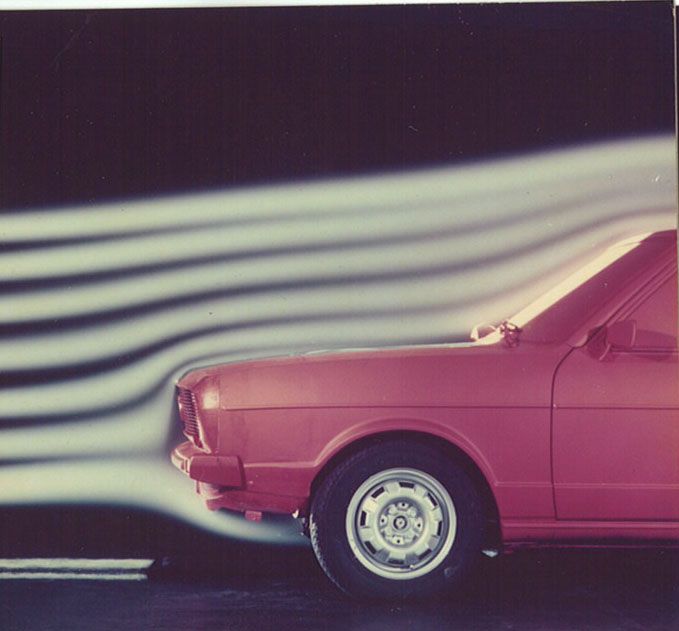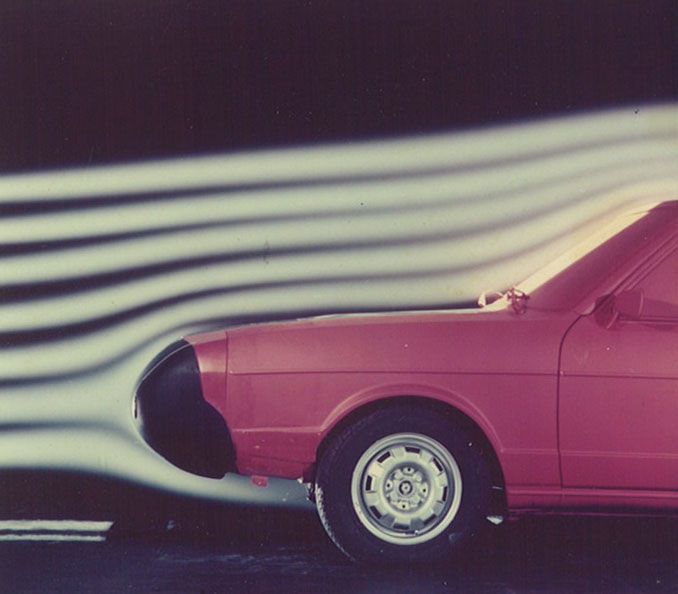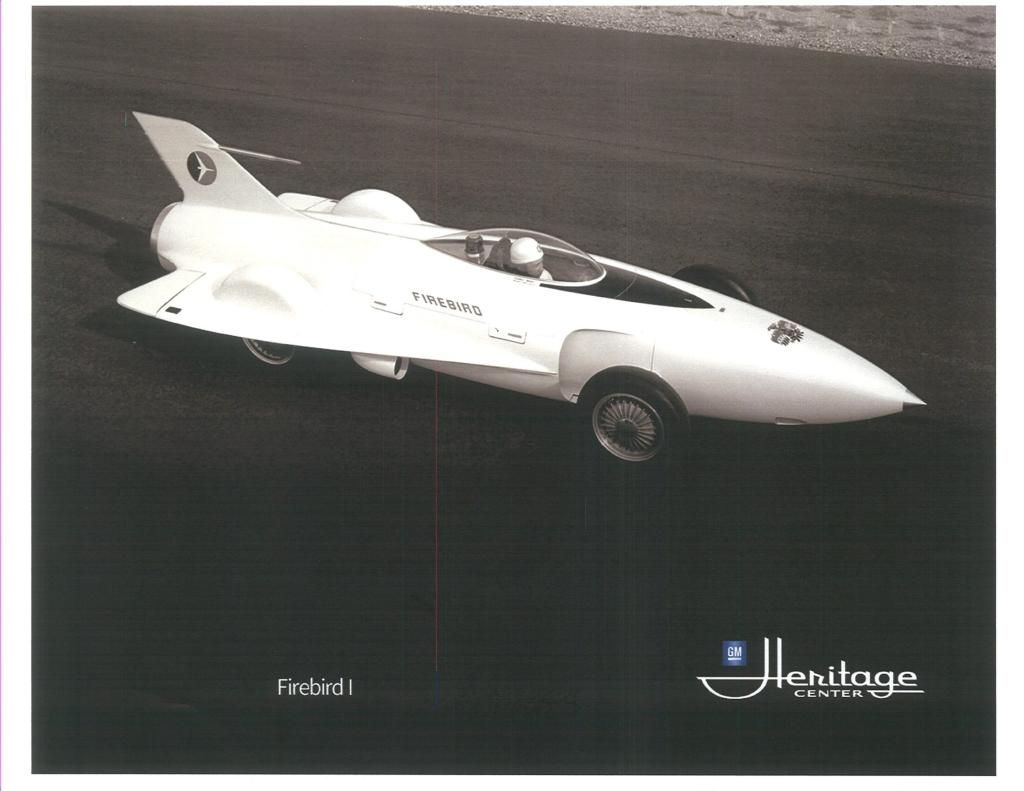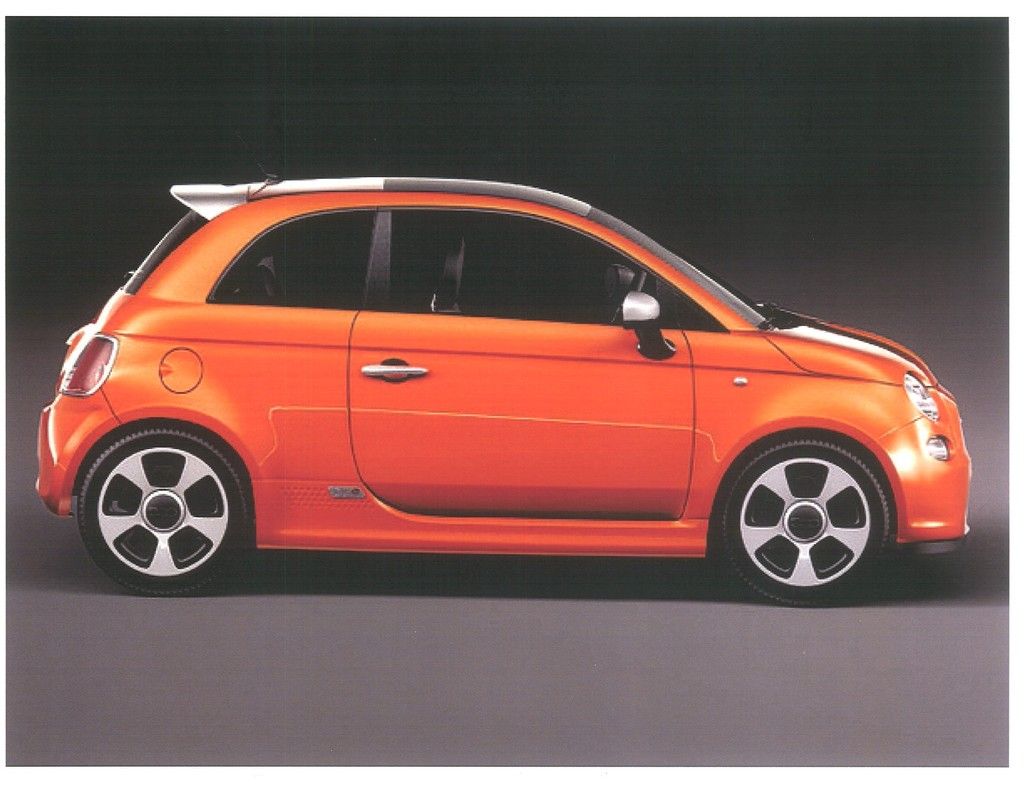Quote:
Originally Posted by Cd

Well. At least you are actually DOING SOMETHING, versus sitting in front of a computer.
So kudos for that.
No disrespect meant, but what did you intend to accomplish with this ?
The front of the car already has attached flow, and you could achieve the same results ( if this was done for aerodynamics ) by simply adding a simple grille block.
One fella here got great results with an airdam. The car is much like yours.
Cars don't need to have pointed ( or even super rounded ) noses until around 300 mph.
Aerohead, you out there ?
|
I suppose this is a way to validate the claims made by the big dogs.
Hucho WOULD say that the nose was already 'optimized' and 'saturated.' basjoos has claimed a benefit on AEROCIVIC.
If we consider 'elliptical' section bodies,then maybe there's some 'talking' space.They have very similar drag as a function of fineness ratio.The sticking point is the windshield area.To do glass at these angles means zero outward vision.
From Hucho's work on the 1st-gen Golf/Rabbit we can see Prandtl's lines of discontinuity at work.The air is 'avoiding' extreme acceleration,displacing around the nose long before it ever gets there,as if the nose was already 'pointy.'

The flow over the 'ideal' nose is no better,and drag no lower

-------------------------------------------------------------------------
Some land speed record cars have 'pointy' noses,but they're in transonic,compressible flow,where shockwave drag must be addressed.
GM's Firebird I

has no lower drag than today's FIAT Cinquento
